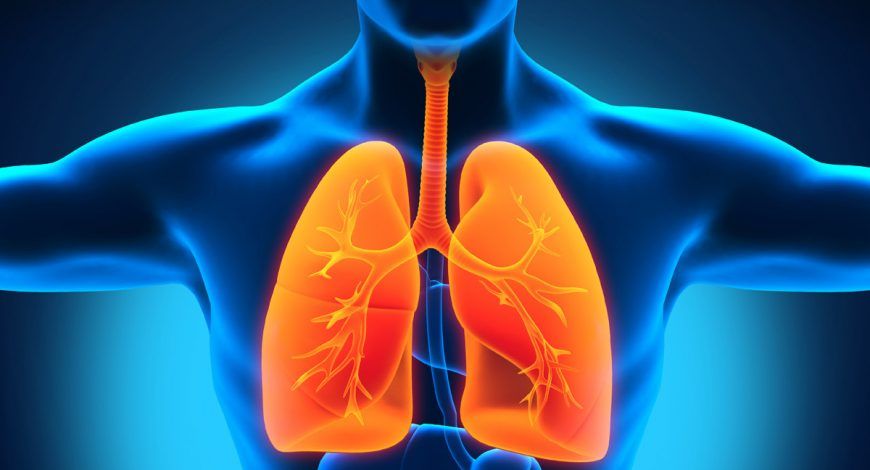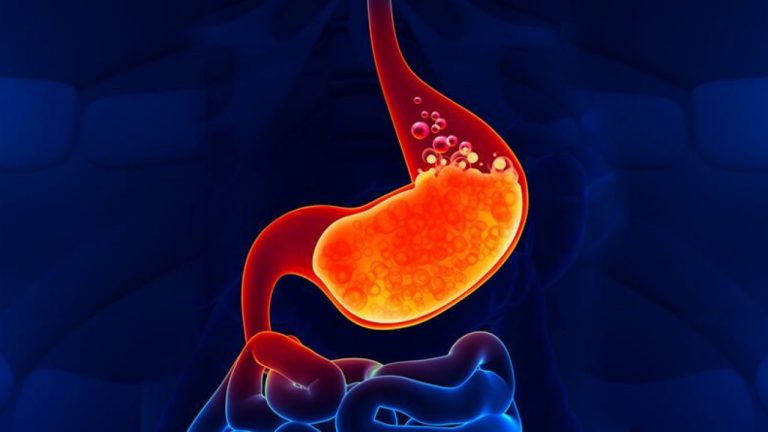The intricacies of lung health often lead us down paths of curiosity and concern, especially when faced with enigmatic conditions like honeycomb lung. In this blog, let us unravel the mysteries behind honeycomb lung, explore its associated diseases, understand lung damage causes, and delve into Ayurvedic preventive care for respiratory wellness.
DECIPHERING HONEYCOMB LUNG: UNVEILING THE ENIGMA WHAT CAUSES HONEYCOMBING IN LUNGS?
Honeycomb lung, characterized by a distinct pattern resembling honeycomb in the lung tissue, is often seen in progressive interstitial lung diseases (ILDs) such as idiopathic pulmonary fibrosis (IPF). The primary cause lies in the scarring and fibrosis of lung tissue, leading to the formation of these characteristic honeycomb-like cysts.
UNDERSTANDING HONEYCOMB CELLS AND SOLUTIONS FOR CLEAN LUNGS WITH AYURVEDA
Honeycomb cells, visually resembling the compartments of a honeycomb, are abnormal clusters of air spaces or cysts in the lung tissue. These cysts signify significant scarring and irreversible damage, affecting the lung’s ability to function efficiently.
CAN HONEYCOMBING IN LUNGS BE CURED?
Unfortunately, the honeycombing seen in the lungs, especially in advanced stages of conditions like idiopathic pulmonary fibrosis, is generally irreversible. Treatment focuses on managing symptoms, slowing disease progression, and improving quality of life rather than curing the underlying honeycomb formation. For clean lungs, Ishaani has the right ayurveda based solutions for you.
HOW LONG CAN YOU LIVE WITH HONEYCOMB LUNGS?
The prognosis for individuals with honeycomb lungs varies significantly and depends on several factors, including the underlying disease, the extent of lung damage, and the individual’s overall health. While some people may live for several years with proper management, others may experience faster disease progression.
WHY LUNGS GET DAMAGED: UNDERSTANDING THE TRIGGERS
1. Environmental Factors
Exposure to environmental pollutants, such as dust, chemicals, and pollutants, can lead to lung damage over time. Prolonged exposure to these elements can trigger inflammation and scarring in the lungs, contributing to conditions like honeycomb lung.
2. Smoking and Respiratory Health
Smoking remains one of the most significant contributors to lung damage. The harmful chemicals in cigarettes can cause inflammation, scarring, and chronic respiratory conditions, ultimately leading to irreversible lung damage, including honeycomb lung in severe cases.
3. Chronic Lung Diseases
Chronic lung diseases like chronic obstructive pulmonary disease (COPD), ILDs, and pulmonary fibrosis can progressively damage lung tissue, leading to the formation of honeycomb-like cysts and compromising lung function.
AYURVEDIC PREVENTIVE CARE FOR RESPIRATORY WELLNESS
While managing conditions like honeycomb lung requires medical intervention, Ayurveda, an ancient holistic healing system, emphasizes preventive care and overall well-being. Incorporating Ayurvedic practices can complement conventional treatment and support respiratory health:
1. Herbal Remedies
Ayurveda medicines for lung disease include a wide range of herbal formulations and supplements suitable for lung detox.. Herbs like turmeric, ginger, tulsi (holy basil), and licorice are known for their anti-inflammatory and lung-protective properties.
2. Breathing Techniques and Yoga
The lung disease symptoms can be handled with Pranayama, a set of breathing techniques in yoga, helps improve lung capacity, promotes relaxation, and enhances overall respiratory health. Incorporating yoga asanas focusing on deep breathing can also strengthen respiratory muscles.
3. Balanced Diet and Lifestyle
Ayurveda advocates for a balanced diet rich in fresh fruits, vegetables, whole grains, and herbs to support overall health, including respiratory wellness. Avoiding smoking, reducing exposure to pollutants, and maintaining a healthy lifestyle contribute significantly to lung health.
CONCLUSION: NURTURING RESPIRATORY HEALTH
Honeycomb lung remains a challenging condition, but understanding its causes and exploring preventive measures like Ayurveda can aid in supporting respiratory wellness. While honeycombing in the lungs may present formidable challenges, a holistic approach to respiratory health can pave the way towards better management and improved quality of life.
Remember, nurturing lung health is a lifelong commitment, and incorporating preventive care practices can make a substantial difference in promoting respiratory wellness.





